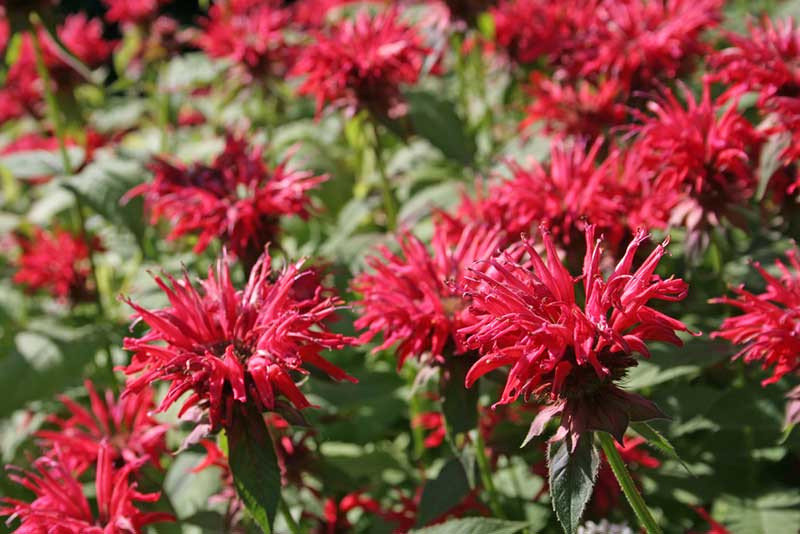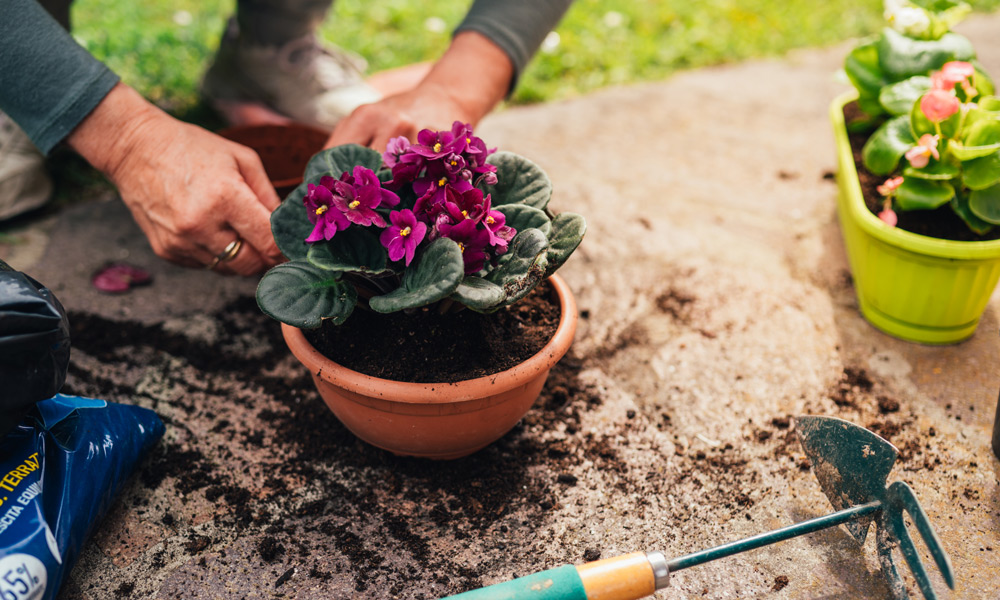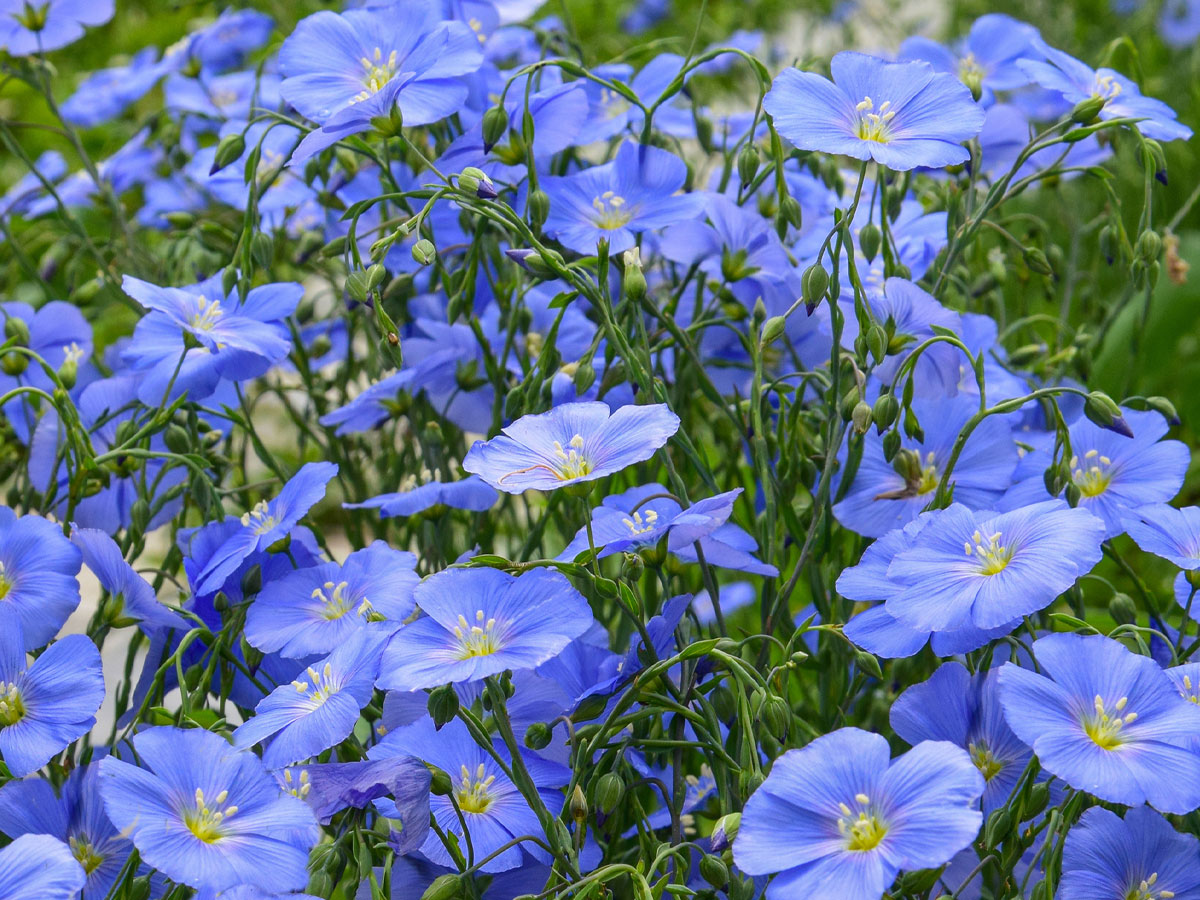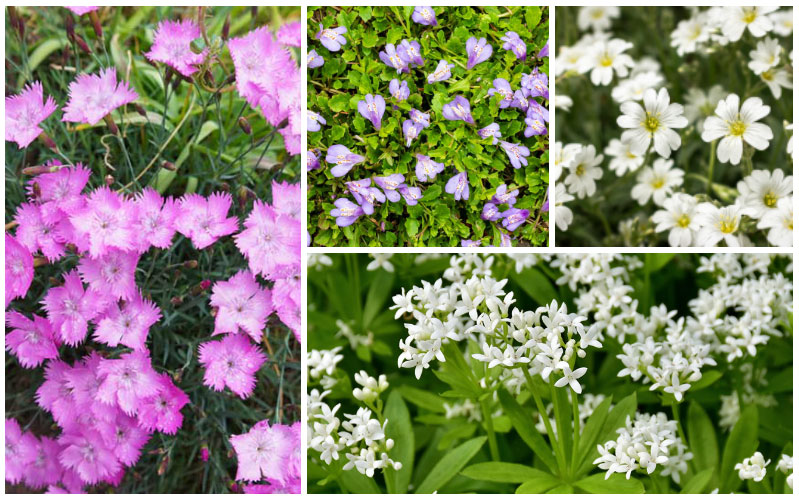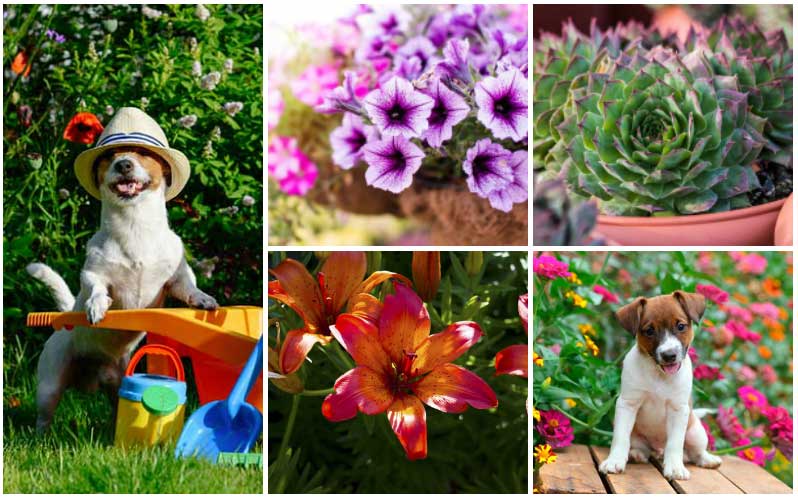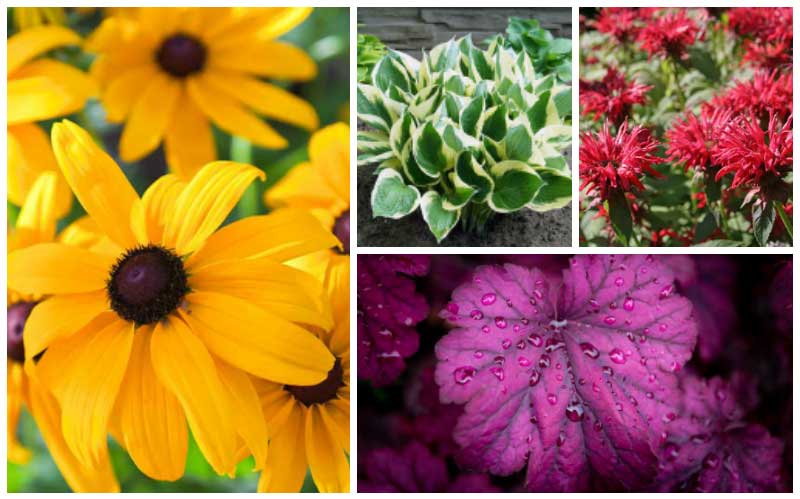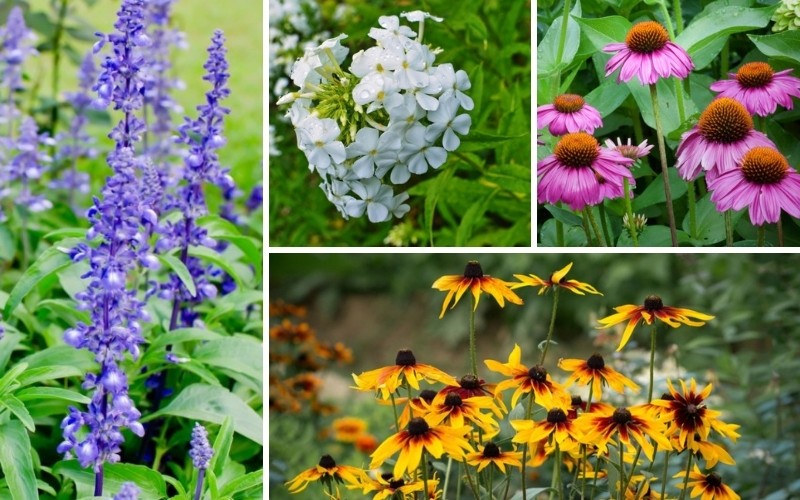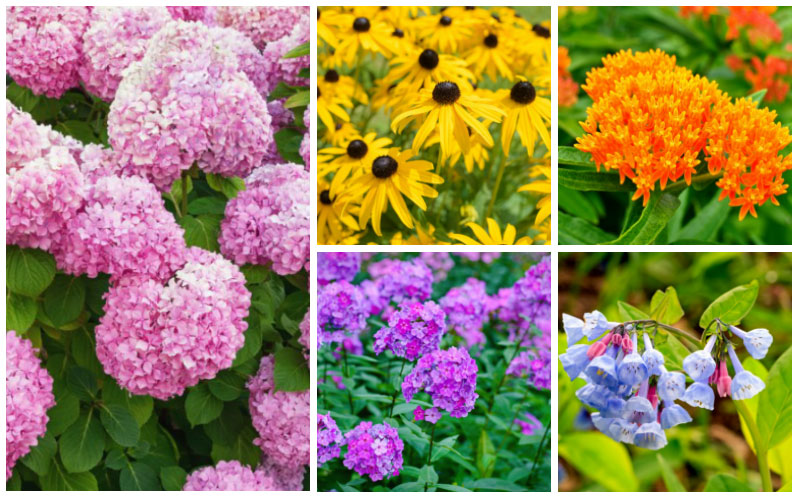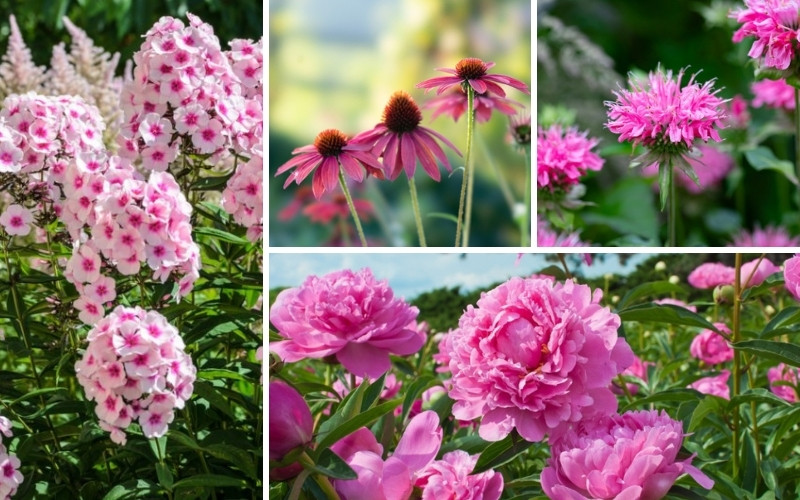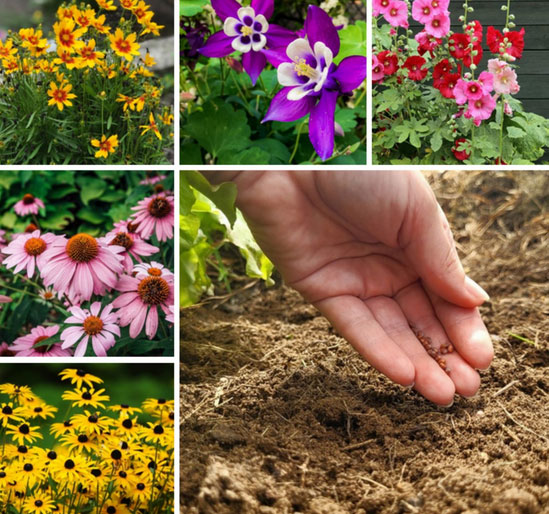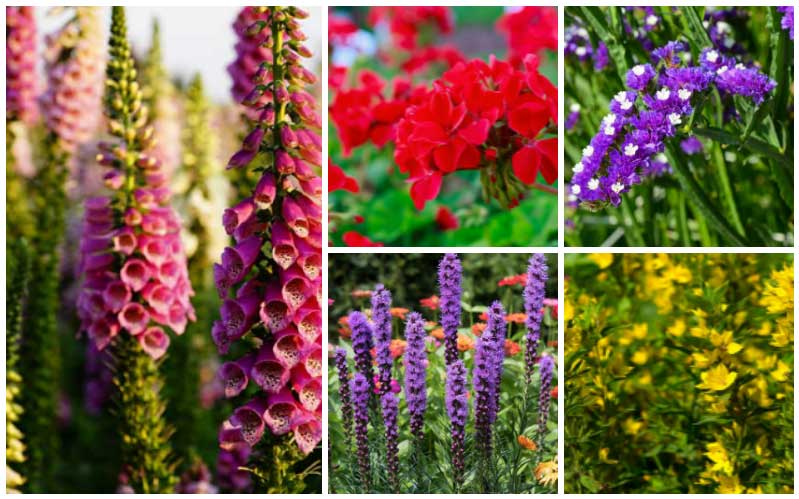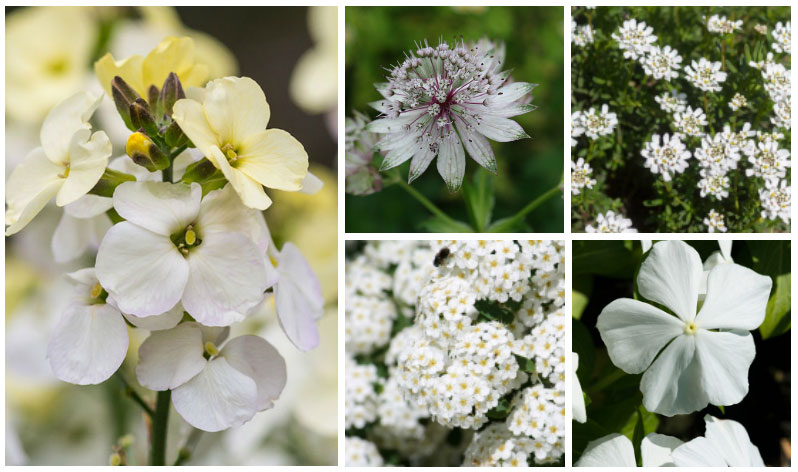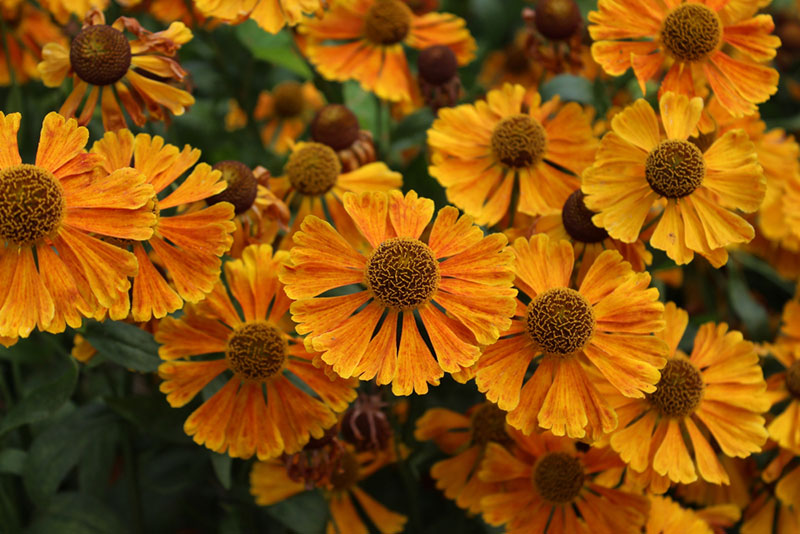
As passionate gardeners, we’re always looking for ways to ensure our perennials thrive.
One question that often comes up is whether it’s better to plant these long-lasting beauties in spring or fall.
Let’s dig into the pros and cons of each season and help you make the best choice for your garden.
The Case for Fall Planting
1. Root Establishment: A Head Start
Fall planting gives perennials a significant advantage when it comes to root growth. Why? The soil is still warm from summer, but the air is cooler. This combination creates ideal conditions for root development.
Pro Tip: Plant your perennials about 6 weeks before the first hard frost in your area for optimal results.
2. Weather Wonders: Less Stress for Your Plants
Fall typically brings milder temperatures and more consistent weather patterns. This creates a less stressful environment for newly planted perennials, allowing them to settle in comfortably.
3. Design Clarity: Seeing the Big Picture
By fall, your garden’s layout is clear. You can easily spot gaps or areas that need improvement, making it easier to plan your new plantings effectively.
4. Water Wisdom: Less Work for You
With fall planting, you’ll spend less time watering. The shorter days and cooler temperatures mean less evaporation, and winter will arrive soon after planting.
5. Bargain Hunter’s Paradise: Save Some Green
Many nurseries offer great deals on perennials in fall as they clear out inventory. This means you can stock up on your favorites without breaking the bank.
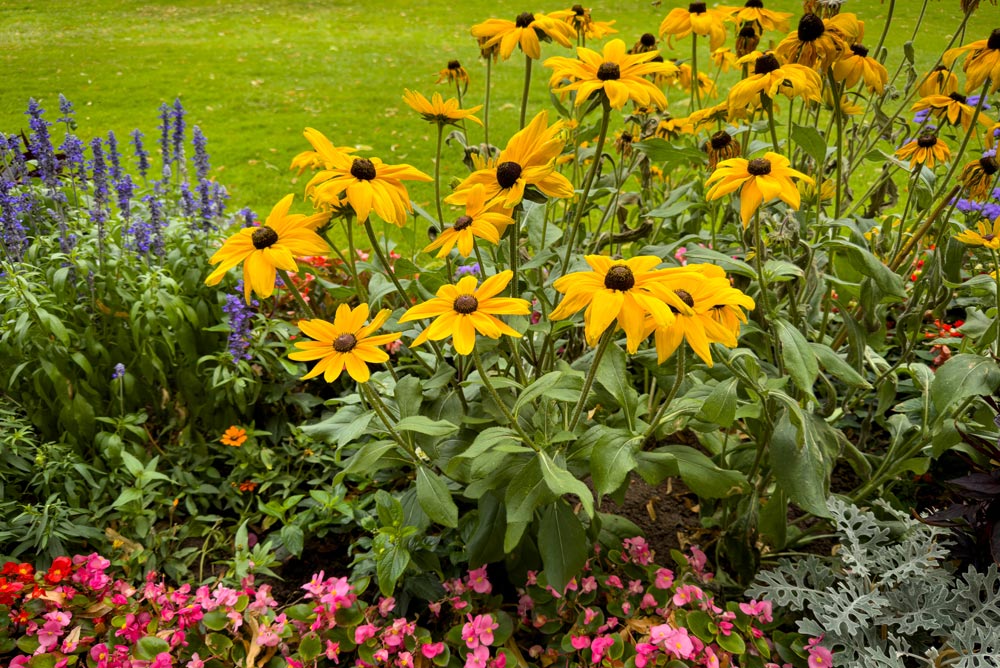
Spring Planting: The Traditional Choice
1. Variety Galore: More Options Available
Spring is when nurseries typically have their largest selection of plants. If you’re looking for specific varieties, spring might be your best bet.
2. Instant Gratification: Blooms in the First Season
Spring-planted perennials will often bloom in their first season. This provides immediate visual impact in your garden.
3. Safer in Severe Climates
In regions with very harsh winters, spring planting might be preferable. It gives plants a full growing season to establish before facing winter’s challenges.
Factors to Consider When Choosing Your Planting Season
Climate Matters
Your specific hardiness zone and local climate should influence your decision. In milder areas, fall planting often works best. In regions with severe winters, spring might be safer.
Plant Type
Some perennials prefer fall planting, while others do better when planted in spring. Research your chosen plants to determine their preferences.
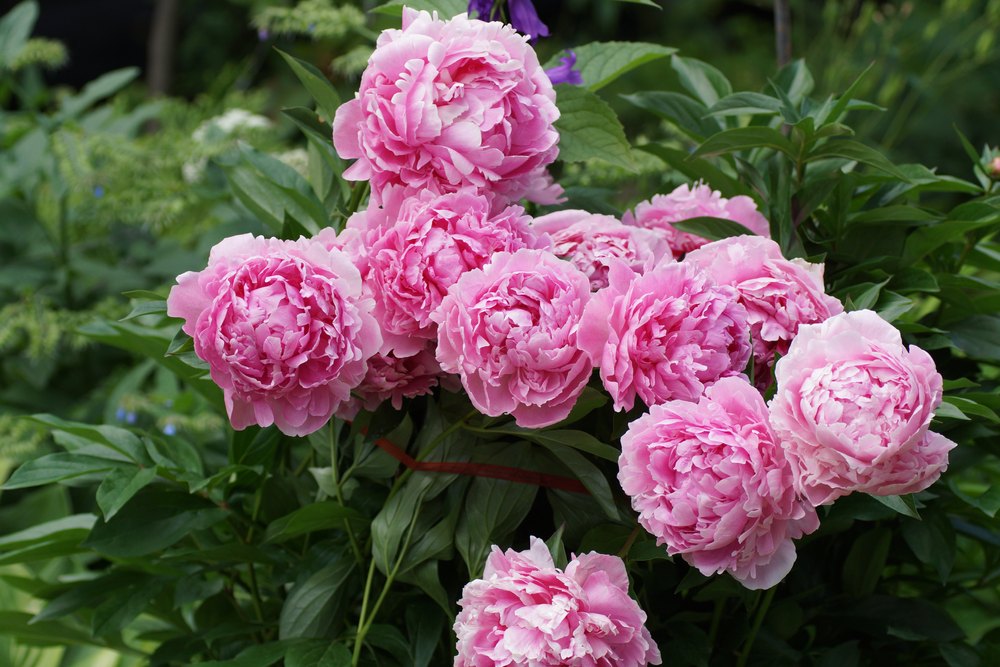
Your Gardening Goals
Are you looking for immediate impact or long-term establishment? Spring planting offers quicker visual results, while fall planting often leads to stronger, more established plants in the long run.
Top Perennials for Fall Planting
- Phlox: These colorful beauties produce vibrant clusters of flowers that attract butterflies and hummingbirds. Perfect for borders and cutting gardens.
- Astilbe: With their feathery plumes in various colors, astilbes thrive in shady areas and add wonderful texture to woodland gardens.
- Daylilies: Low-maintenance and drought-tolerant, daylilies come in a wide range of colors and forms. They’re excellent for mass plantings.
- Ornamental Grasses: These versatile plants provide year-round interest and add movement to your garden. There’s a variety for almost every garden style.
- Helleborus (Lenten Rose): This winter-blooming perennial thrives in partial shade and adds a pop of color to the garden in late winter and early spring.
- Russian Sage: Drought-tolerant and low-maintenance, Russian sage produces lavender-like purple blooms that attract pollinators. It’s ideal for dry gardens and Mediterranean-inspired landscapes.
- Heuchera (Coral Bells): Prized for their colorful foliage, heucheras are suitable for shade gardens and provide year-round interest.
- Hostas: These popular shade-loving perennials come in a wide variety of sizes and leaf colors. They’re excellent for borders and shady spots.
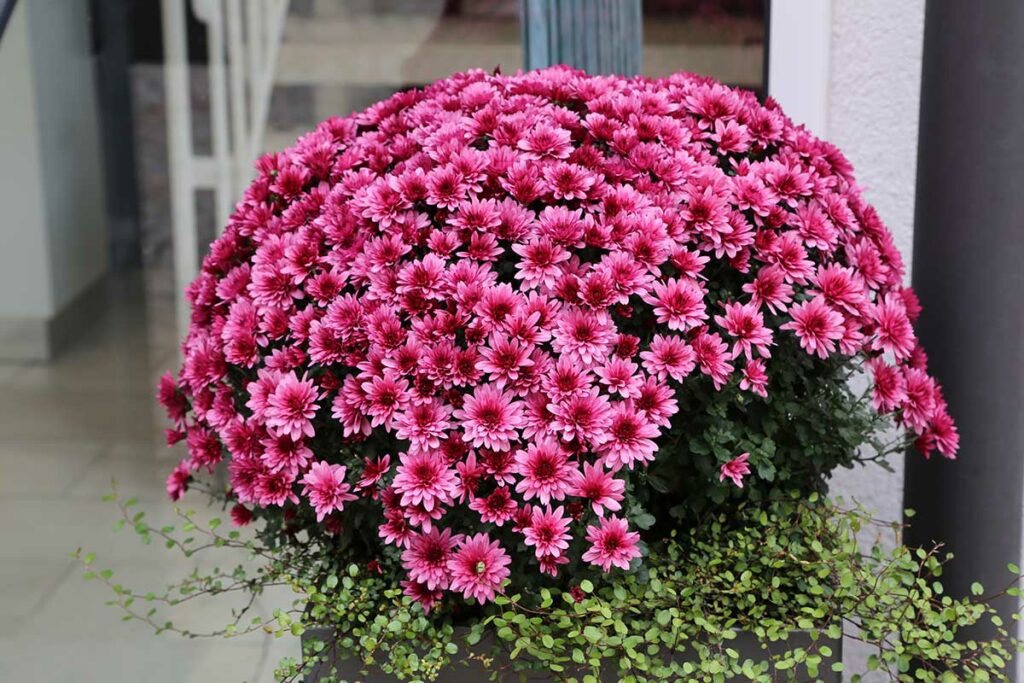
Spring Planting Favorites
While many perennials can be planted in either season, some prefer a spring start:
- Peonies: These classic beauties prefer to be planted in spring in colder regions.
- Chrysanthemums: For the best chance of winter survival, plant mums in the spring.
- Coneflowers: While they can be planted in fall, coneflowers often establish better when planted in spring.
- Bearded Iris: These stunning flowers prefer spring planting in most regions.
Tips for Successful Planting (Regardless of Season)
- Proper Soil Preparation: Ensure your soil is well-draining and rich in organic matter.
- Right Plant, Right Place: Consider each plant’s light and soil requirements when choosing locations.
- Watering Wisdom: Keep soil consistently moist (but not waterlogged) until plants are established.
- Mulch Matters: Apply a 2-3 inch layer of mulch around your plants to regulate soil temperature and retain moisture.
- Winter Protection: For fall-planted perennials, add an extra layer of mulch to protect roots from freezing and thawing cycles.
The Verdict: Is Fall or Spring Better?
The truth is, both seasons can work well for planting perennials. Fall often provides advantages for root establishment and plant health, but the best choice depends on your specific climate, the types of perennials you’re planting, and your gardening goals.
If you choose to plant in fall:
- Be prepared to provide winter protection
- Take advantage of end-of-season sales
- Focus on plants that establish well in cooler weather
If spring planting suits you better:
- Enjoy a wider selection at nurseries
- Be ready for more frequent watering during the first growing season
- Look forward to blooms in the first year
Whichever season you choose, remember that proper care and attention are key to helping your perennials thrive.
By embracing the unique benefits of each planting season and considering your specific garden needs, you can create a thriving perennial garden that brings joy year after year. Whether you’re a fall planter or a spring enthusiast, the most important thing is to get out there and grow!

